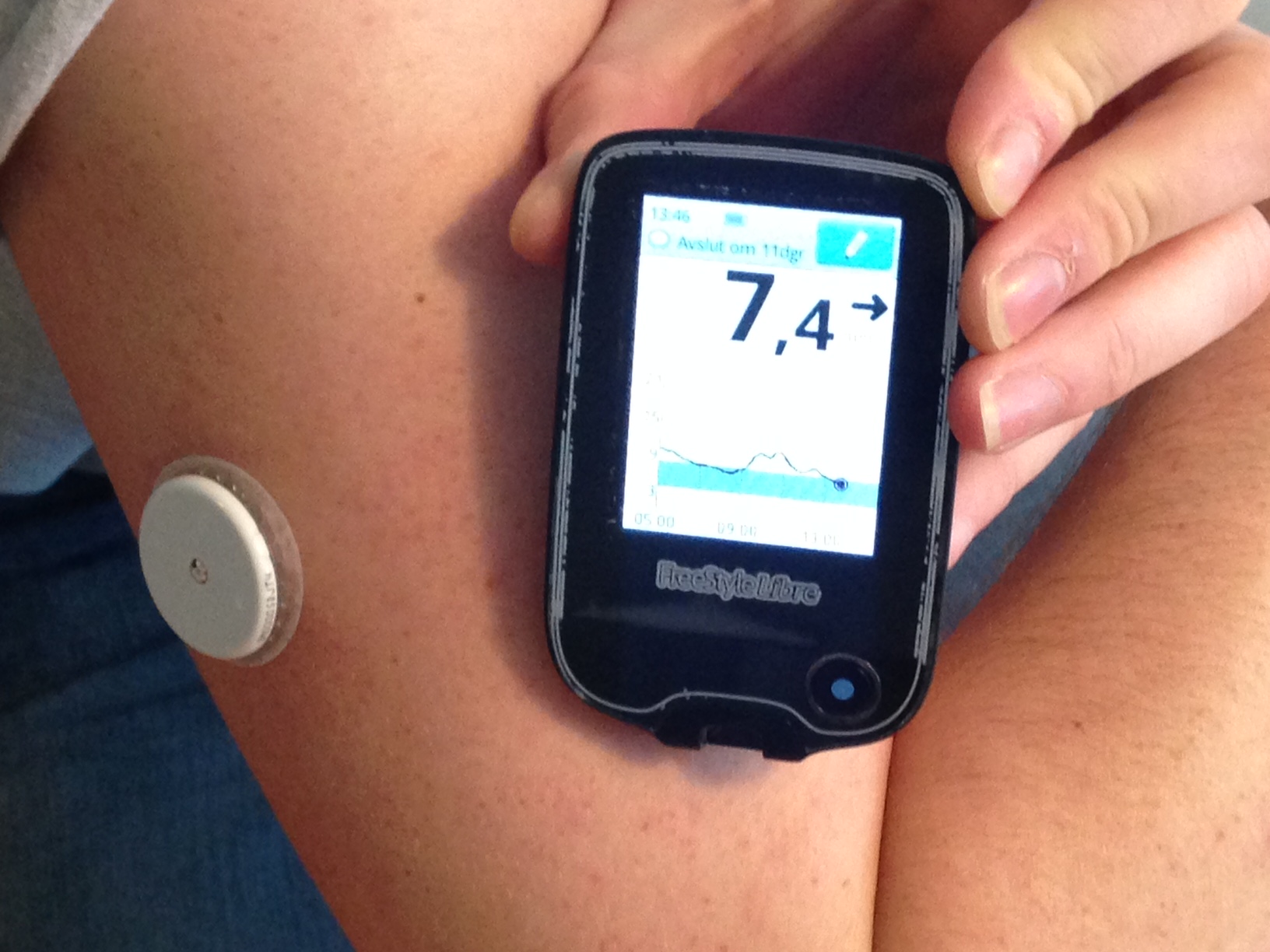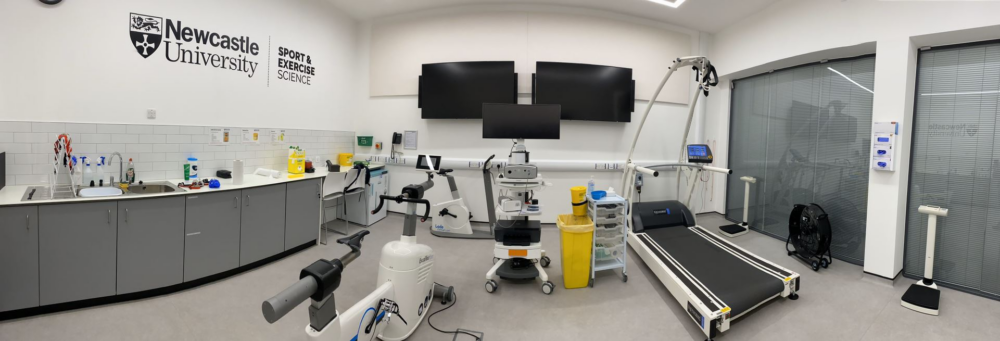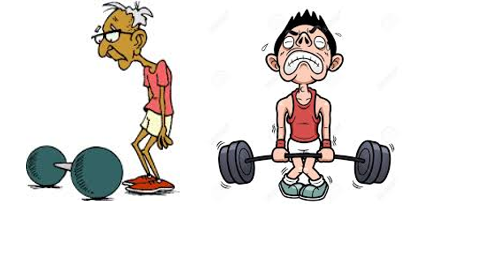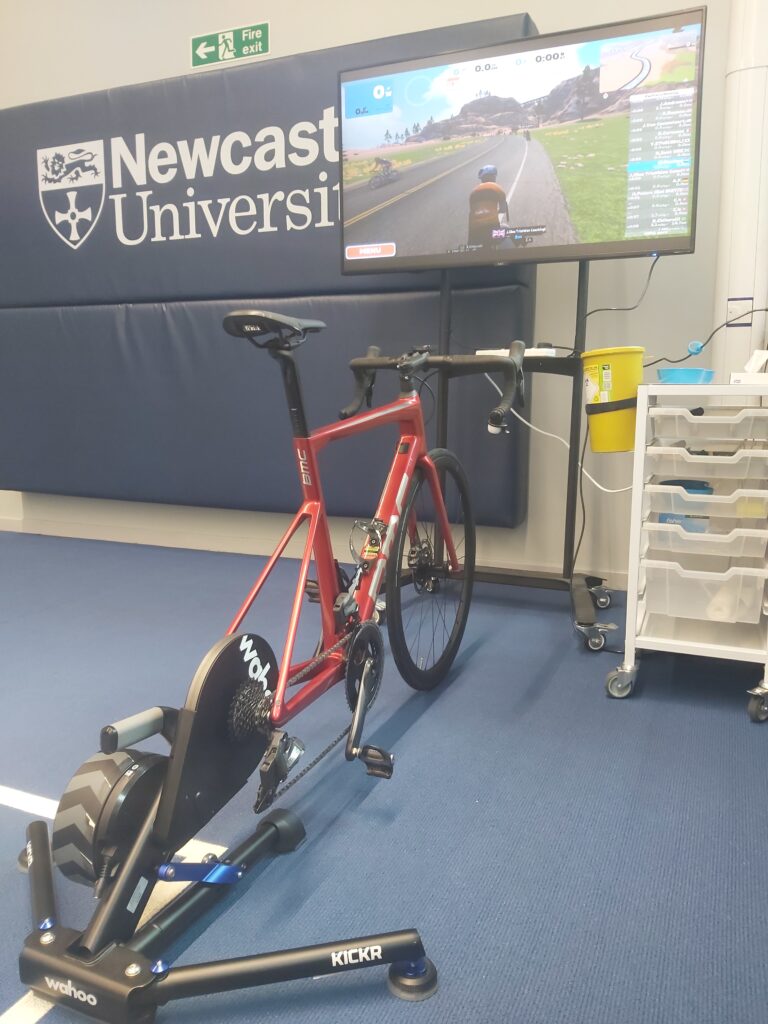By Ollie Page (Graduate Teaching Assistant)
Most of us have no immediate health problems consuming a chocolate bar or a pint of beer – sure you might feel guilty, but it’s likely many of us have consumed more than one at a time without worrying. Your average chocolate bar contains ~25g of carbohydrate, with ~15g in a typical pint of beer. To respond, your liver, muscles and adipose (fat) tissue all subdue this influx of glucose all under the watchful protection of a happy pancreas.
However, consider you have type 1 diabetes, and you have no endogenous insulin (that is, the insulin produced by your body) to aid glucose uptake. Or maybe you have type 2 diabetes, and your body resists the insulin being delivered in favour of producing and releasing more fatty acids. The instant and long-term physical, mental, social and occupational health impacts of excess glucose are why it is fundamental to keep an accurate track of your blood glucose using continuous glucose monitors (CGMs).
But is this technology suitable for the changing environments its users are being exposed to?
People of the UK love a warm summer holiday; however, the sunburn and face fans are becoming increasingly common at home. Climate change has increased average summer temperatures in the UK by 1.3°C in the past 60 years, with maximum temperatures similarly increasing over time and reaching highs of 40.3°C in July 2022. Crucially these temperatures are of high risk to clinical and vulnerable populations, including the elderly and those with diabetes mellitus, as highlighted by a 6.2% rise in excess deaths compared to a 5-year average during the 2022 heat wave (Office for National Statistics, 2022). Due to several physiological factors including impaired hydration and hemodynamics, the rate of core temperature increase and risk of heat-related illness can be higher among people with diabetes and age-associated chronic health conditions than other populations (Meade et al., 2020).

Previous research has calculated an odds ratio of 1.097 per 1°C increase in temperature above 22°C that medical attention will be required (Hajat et al., 2017). In other words, for every 1°C increase in temperature above 22°C, there is an almost 10% increased odds of requiring medical attention. There is a clear heat-related health risk in people with diabetes and hospitals have observed greater inpatients with hypo- or hyperglycaemic events alongside heat stroke or other heat-related illnesses during heat waves (Xu et al., 2019), partly due to increased insulin-independent glucose uptake along with enhanced insulin sensitivity. With this increased risk to health clearly apparent, it is vital CGMs are accurate during hot temperatures.
Leading CGM manufacturers Dexcom and Abbott report maximum operating temperatures of their newest products of 40°C and 45°C, respectively, seemingly within sensible boundaries for heat waves. However, a recent survey by our team has shown 68.4% of recipients have experienced issues with their CGM accuracy and functionality in the heat, with 35.7% unable to take a reading at all (Page et al., 2025. Unpublished). This clearly highlights a key health risk in diabetes populations and the need to adhere for technological failures.
Ultimately, our current work aims to bridge the gaps in understanding of factors affecting CGM accuracy and functionality during different thermal challenges, along with identifying ways to reduce CGM inaccuracy and raise awareness of heat-related risk within people with diabetes.

I’m worried about getting too hot this summer, what can I do??
Cooling strategies are applied in performance and health settings worldwide to avoid heat-related illnesses and reduce core temperature back to safe levels (individual but often below 38°C), however, can be difficult to implement in certain environments or for those with lower socioeconomic status. Strategies can be split into internal and external application depending on their mechanism of action (inside vs outside the body).
Strategies are commonly advertised by health organisations with large variation used, along with adaptation to different settings. According to our recent survey, the most common cooling strategies applied by people with type 1 and type 2 diabetes in the UK are: having a cold drink, using a fan/air conditioning, or having a cold shower/bath (Page et al., 2025. Unpublished). This may be different to your own personal strategies however no strategy that lowers core temperature and reduces cardiovascular stress is wrong and is recommended before, during, and/or after heat exposure.
An extensive list of strategies by world leading experts can be found here published in The Lancet alongside any pros and cons for use (Jay et al., 2021).
https://www.thelancet.com/journals/lancet/article/PIIS0140-6736(21)01209-5/fulltext
References:
Hajat, S., Haines, A., Sarran, C., Sharma, A., Bates, C., & Fleming, L. E. (2017). The effect of ambient temperature on type-2-diabetes: case-crossover analysis of 4+ million GP consultations across England. Environmental health : a global access science source, 16(1), 73. https://doi.org/10.1186/s12940-017-0284-7
Heat Mortality Monitoring Report: 2022. (2024). Office for National Statistics. https://www.gov.uk/government/publications/heat-mortality-monitoring-reports/heat-mortality-monitoring-report-2022
Jay, O., Capon, A., Berry, P., Broderick, C., de Dear, R., Havenith, G., Honda, Y., Kovats, R. S., Ma, W., Malik, A., Morris, N. B., Nybo, L., Seneviratne, S. I., Vanos, J., & Ebi, K. L. (2021). Reducing the health effects of hot weather and heat extremes: from personal cooling strategies to green cities. Lancet (London, England), 398(10301), 709–724. https://doi.org/10.1016/S0140-6736(21)01209-5
Meade, R. D., Akerman, A. P., Notley, S. R., McGinn, R., Poirier, P., Gosselin, P., & Kenny, G. P. (2020). Physiological factors characterizing heat-vulnerable older adults: A narrative review. Environment international, 144, 105909. https://doi.org/10.1016/j.envint.2020.105909
Page, O., Orange, ST., Coussens, A., Dulson, D.K., Jeffries, O. & West D.J. (2025) Perceived Impact of Heat Waves on Daily Health and Management of Type 1 and Type 2 Diabetes Unpublished.
Xu, R., Zhao, Q., Coelho, M. S. Z. S., Saldiva, P. H. N., Zoungas, S., Huxley, R. R., Abramson, M. J., Guo, Y., & Li, S. (2019). Association between Heat Exposure and Hospitalization for Diabetes in Brazil during 2000-2015: A Nationwide Case-Crossover Study. Environmental health perspectives, 127(11), 117005. https://doi.org/10.1289/EHP5688





















